Polaris Sensor Technologies, Inc.
Polaris Sensor Technologies, Inc.
Polaris Sensor Technologies is the industry’s leader in custom optical systems, with decades of algorithm development, software development, testing and measurement, and PCB design expertise.



Long-Wave Infrared (LWIR) thermal imagers are valuable in both commercial and military settings, enhancing the detection, recognition, and identification of objects and individuals. Adding polarization to these imagers can be up to four times more effective than using LWIR alone. This enhancement significantly aids warfighters in spotting and tracking difficult-to-see targets from various platforms. It also improves remote identification of disturbed earth, aiding in the detection of buried man-made objects. LWIR polarizing imagers have broad applications, including object detection, security, surveillance, facial recognition, and aiding in navigation and collision avoidance for autonomous vehicles.
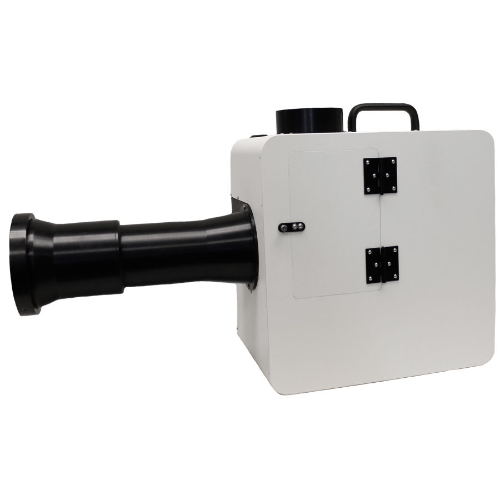
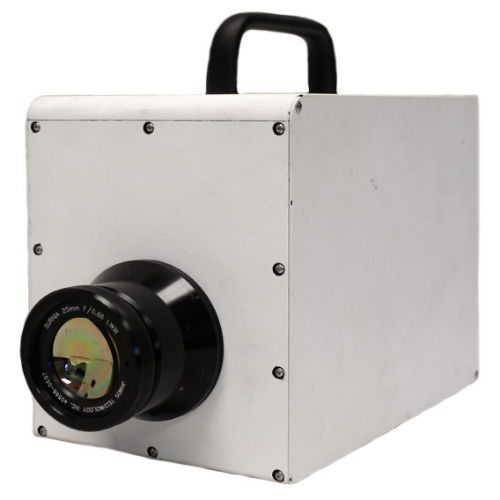
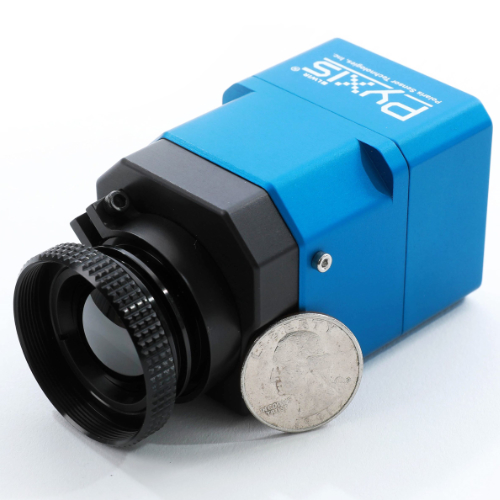
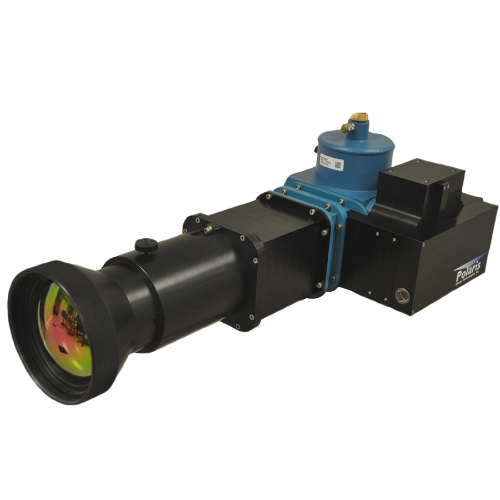
Mid-Wave InfraRed (MWIR) offers three key advantages over the active IR band: First, it can capture imagery in both day and night without external light sources, unlike the active IR band which often requires additional lighting. Second, MWIR can detect anatomical features like vein patterns, invisible in the active IR spectrum. Third, it reduces background clutter, making uniform surfaces like walls with consistent temperatures invisible, thus simplifying tasks such as face detection, localization, and segmentation. These capabilities make MWIR more efficient and reliable for facial recognition than active IR and visible bands.
Short-Wave Infrared (SWIR) imaging polarimetry has significantly enhanced capabilities in target detection, discrimination, and tracking across both land and maritime environments. This technology has been effectively used in various applications, including detecting disturbed earth, submerged objects or swimmers, targets against cluttered backgrounds, and objects during thermal crossover periods. It also aids in material discrimination for Identification of Friend or Foe (IFF). As SWIR imaging polarimetry proves increasingly useful across diverse applications, more military program offices are considering integrating this technology into their platforms.
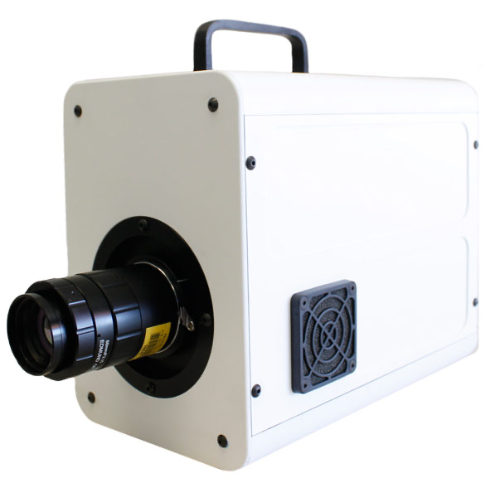
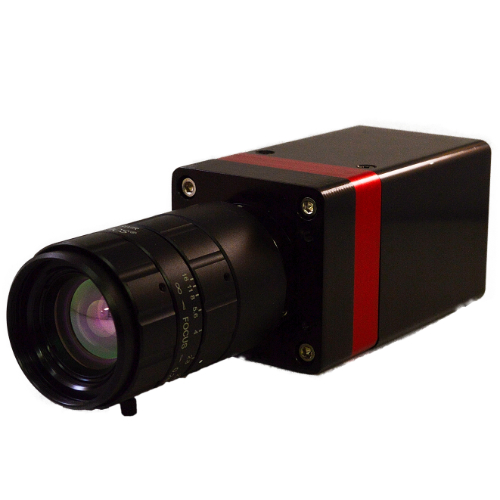
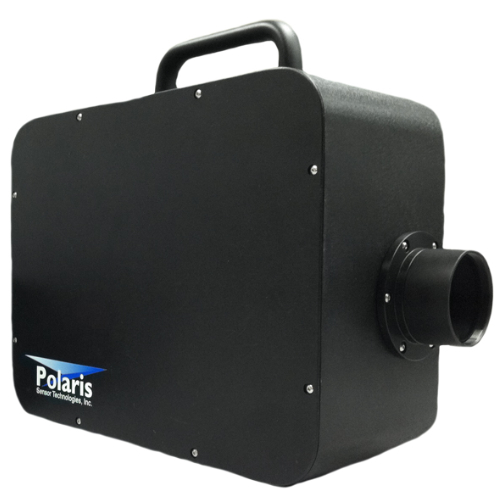
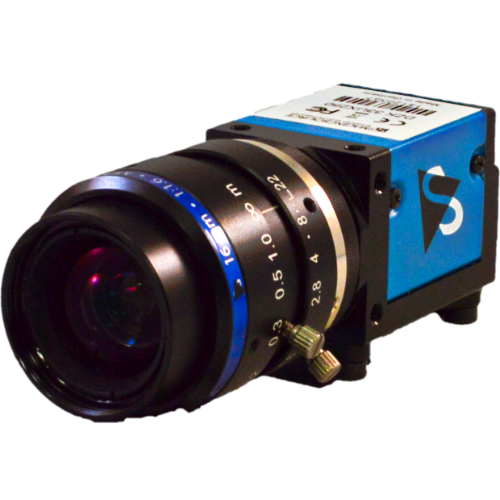
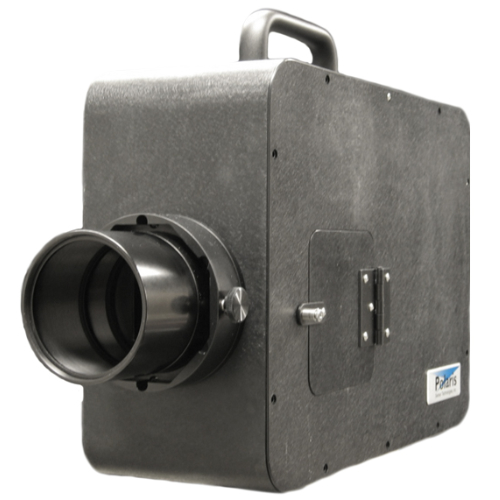
The visible spectrum consists of light wavelengths visible to the human eye without assistance. Cameras designed for this spectrum are ideal for general photography and videography but require well-lit environments. A significant benefit of visible light cameras is their advanced development, having been in use longer than infrared (IR) cameras. Polarization of visible light has many applications, including polarized sunglasses, 3D glasses, and uses in fields like geology, chemistry, and astronomy.
Multispectral polarimetric imagers overcome the limitations of single waveband systems in detecting objects in complex, cluttered scenes by offering polarization-enhanced imagery across multiple wavelengths. These multispectral systems deliver superior imagery in situations where standard single-band imagers are ineffective. Polaris leverages extensive experience from the US military, government labs, small businesses, university research, and major contractors to develop these advanced imagers. We work closely with customers to create custom multispectral imaging polarimeters, integrating multiple sensing modalities into one efficient system. These imagers outperform traditional thermal imagers in visualization, camouflage detection, reducing image clutter, and operating in low thermal contrast conditions.
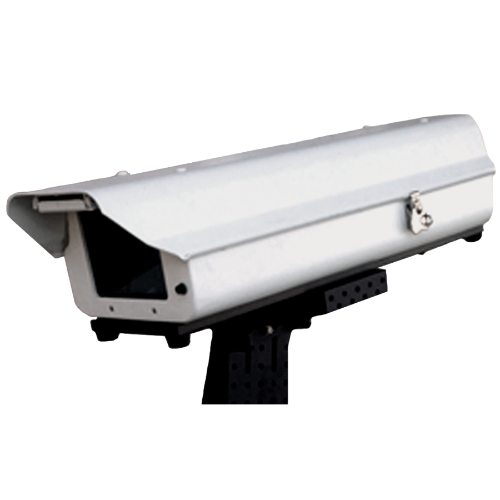
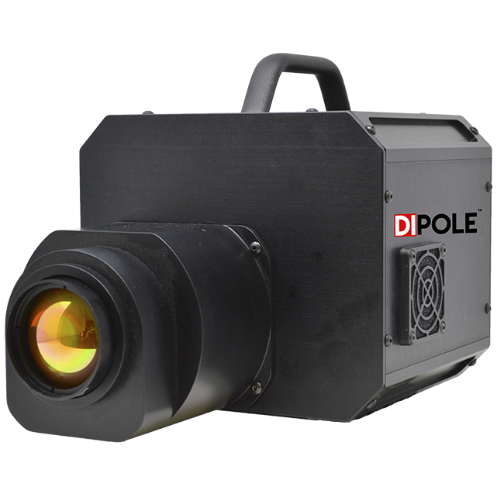
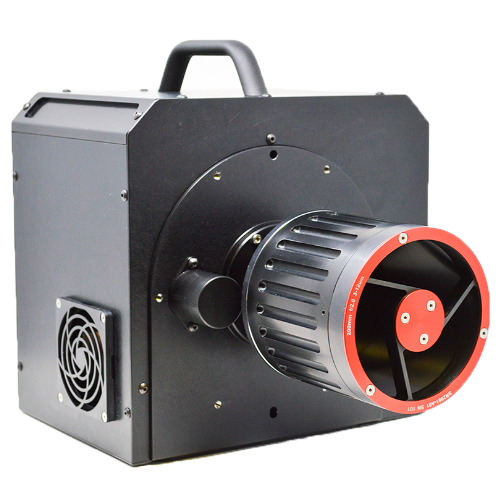
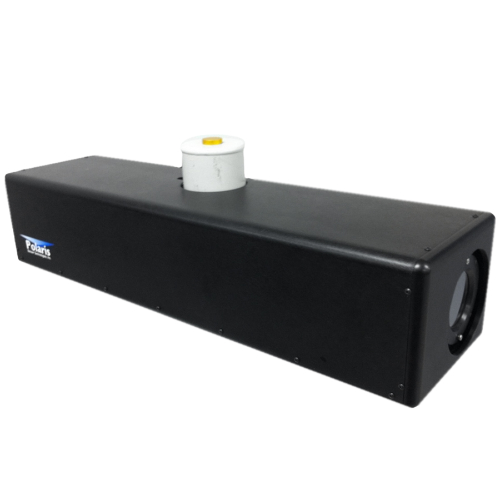
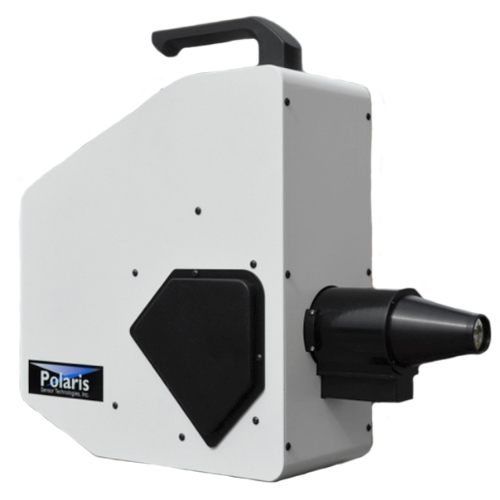
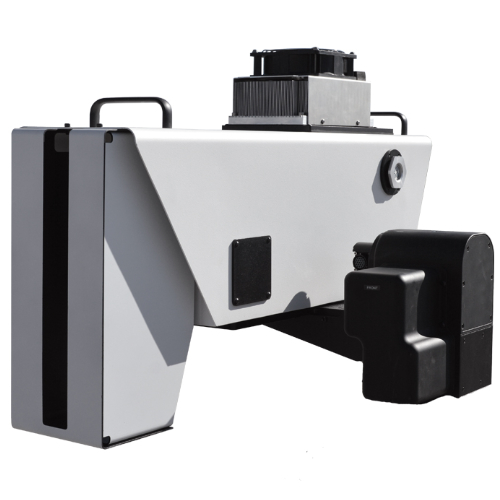
Polaris specializes in enhancing hyperspectral imaging technology, widely used in defense, biomedical imaging, surveillance, quality control, agriculture, atmospheric sciences, and more, by integrating polarimetric sensing. We have developed intuitive, user-friendly software to simplify the analysis and visualization of complex hyperspectral polarimetric data. Our approach involves close collaboration with customers to design custom hyperspectral polarimetric imaging systems, addressing specific sensing requirements in a seamlessly integrated solution.
Polaris is best known for its expansive suite of polarimeters, but we have also successfully ventured into non-imaging technologies. SkyPASS® is our highly accurate sky polarization and azimuth sensing system that can be used to provide accurate heading and position in GPS-denied environments. CoolSmoke® is a flameless, spark-less, non-pyrotechnic mist that uses a patented formula to create a dense cloud of smoke. It can be used as a smoke screen, entertainment fog, or to disperse useful chemicals such as cleaning agents or capsaicin.
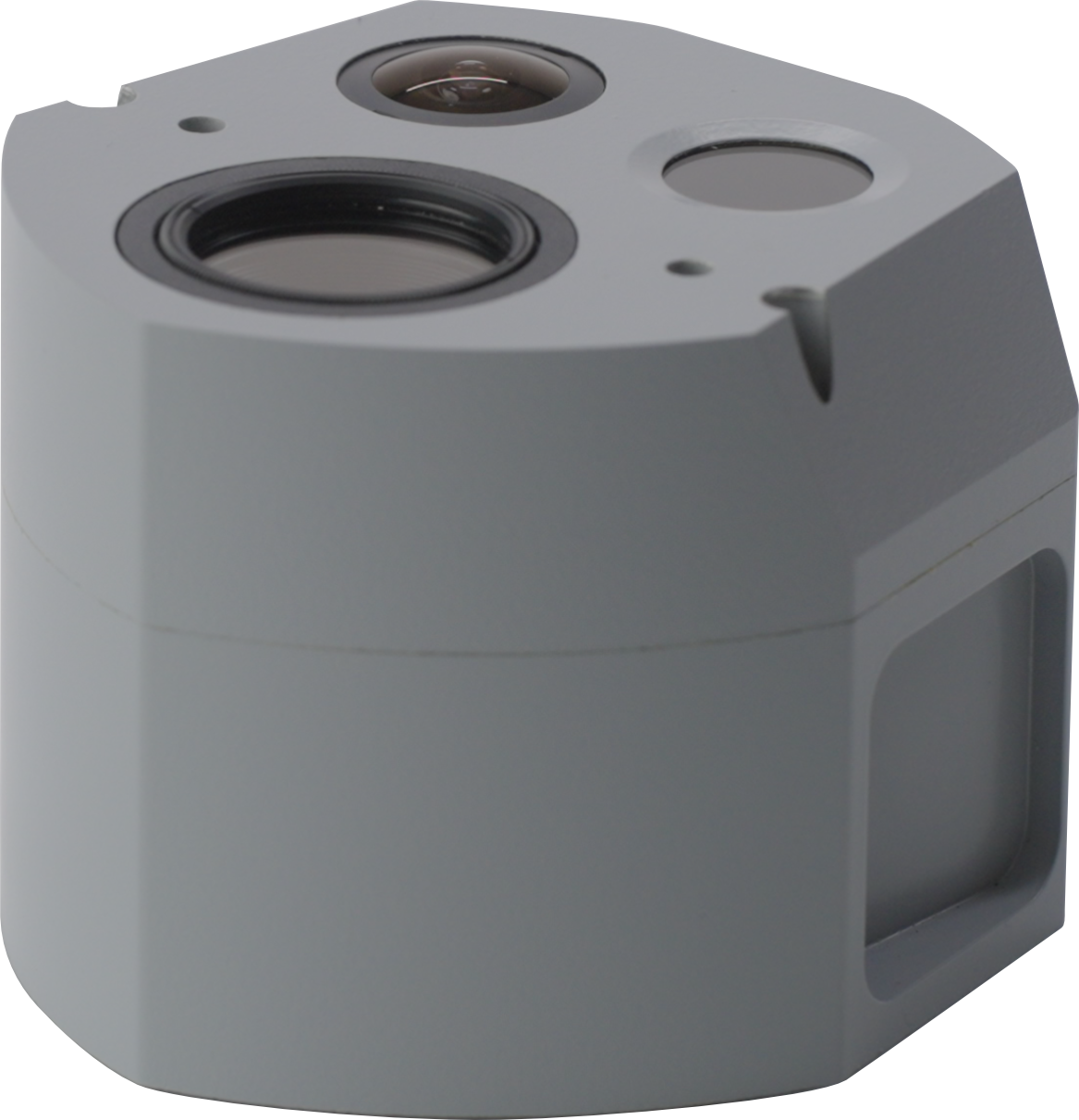
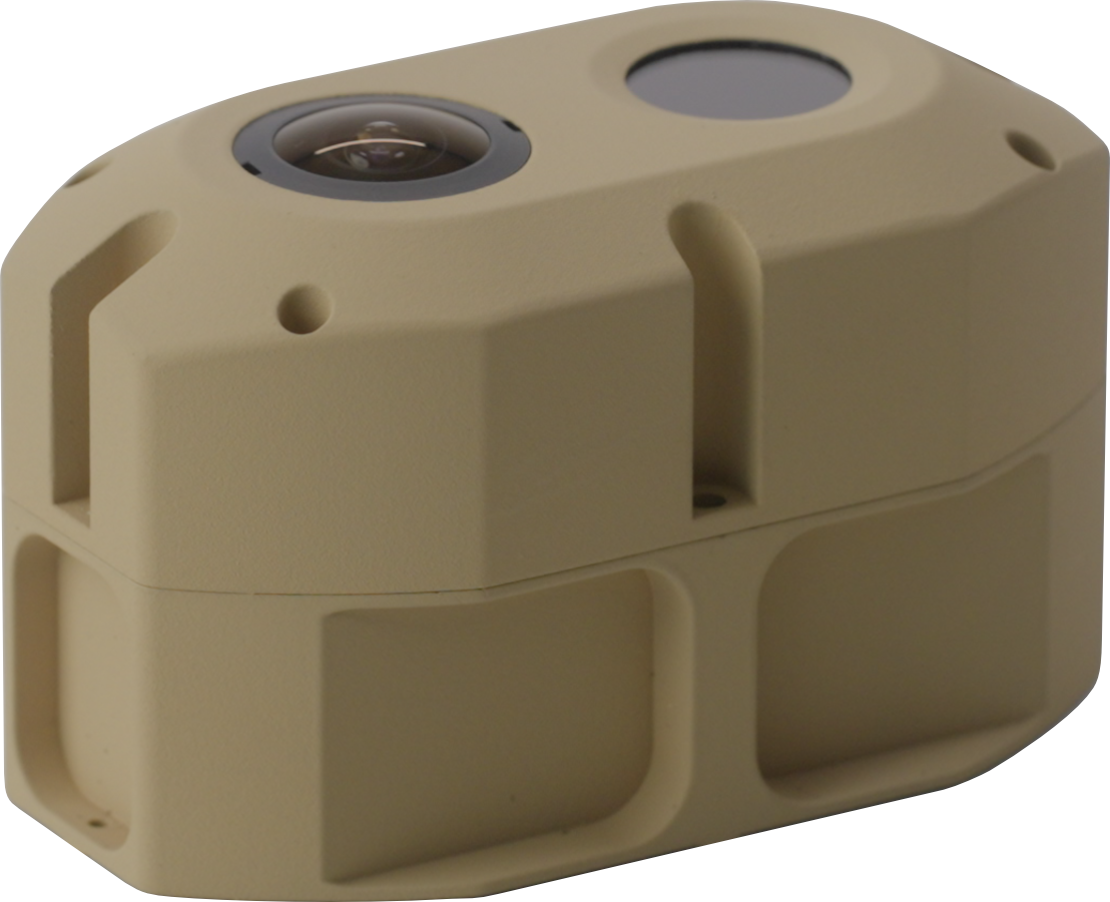
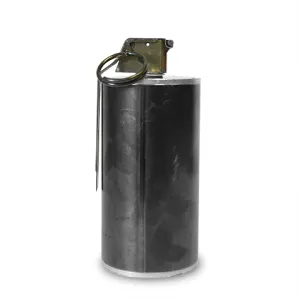
| Sensor | Imaging Modes | Band (µm) | Format (pixels) | Depth (bits) | ||
| Intensity | Thermal | Polarmetric | ||||
| Pyxis LWIR | • | • | 7.5 – 13.5 | 640 × 512 | 14 | |
| Corvus | • | • | 7.5 – 13.5 | 640 × 512 | 14 | |
| DIPOLE | • | • | • | 7.5 – 10.4 3.7 – 5.1 | 1280 × 720 | 14 |
| Pyxis SWIR | • | • | 0.9 – 1.7 | 640 x 512 | 12 | |
| Pyxis SWIR (Hi Dynamic Range) | • | 1.0 - 1.7 | 1920 x 1080 | 16 | ||
| Pyxis Vis | • | • | 0.4 - 0.7 | 2464 x 2056 | 12 | |
Whether you need to navigate without GPS or see daylight details in the dark, Polaris is here to help you solve difficult imaging problems with cutting-edge technology. We’ll design, develop, and manufacture the solution you need to complete your mission.